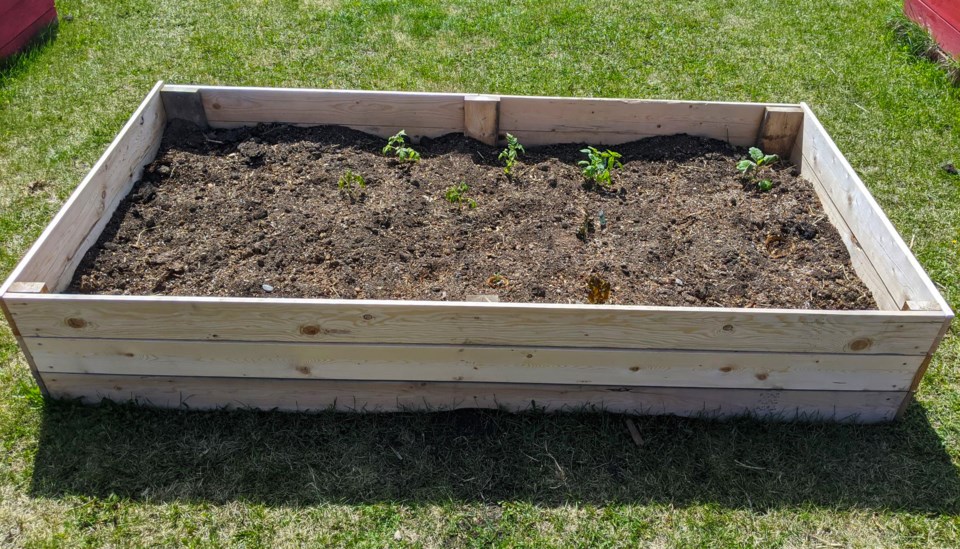B.C.’s Civil Resolution Tribunal has ordered a Newton strata do the gardening and mend fences after owners filed legal action against the strata.
Owners Celeste and Sean Michaels told tribunal vice-chair Eric Regehr that the strata had failed to repair and maintain common property adjacent to their strata lot.
They sought an order that the strata maintain a front garden plot by weeding, trimming plants, and replacing garden ties, and a backyard by weeding, mowing grass, and repairing a concrete slab.
They also wanted an order that the strata paint a fence that surrounds the backyard and repair a gate in that fence.
In his Feb. 27 decision, Regehr said the strata must repair and maintain all common property to a reasonable standard, including the front garden and backyard.
He noted the pair could not direct how the strata did that work on common property.
“As a matter of courtesy, the strata may decide to collaborate with the applicants, but the applicants cannot have it both ways,” Regehr said.
The strata acknowledged the areas were common property but argued that the Michaels should have to maintain them.
The strata told the tribunal it was in the process of having both the front gardens and backyards designated as limited common property so it could make adjacent owners formally responsible for them.
Regehr said he agreed with the Michaels that what the strata might do in future does not affect the current situation.
Tribunal documents state the strata was created in 1976 and consists of 272 residential strata lots in 31 buildings on over 16 acres of land. Some are apartments and others are townhouses. All the outdoor areas of the strata are common property.
The pair own a townhouse end unit in a building with five other strata lots. There is a fenced area behind their strata lot that functions as a private backyard. There is a concrete slab in the backyard that the applicants use as a patio.
There is also a gate in one corner of the fence that leads onto a common pathway. In front of their strata lot is a large garden bed enclosed by railway ties.
“These areas are all common property,” Regehr said.
The strata said it would be impractical to treat the backyards as true common property because any resident could then freely access everyone else’s backyards, including their back patios. It further argued the pair bear some blame for the current state of their backyard, which has not been maintained for years and is "badly overgrown."
“It is of course true that the backyard would be in better shape if the applicants had maintained it, but that does not mean that they had a legal obligation to do so,” Regehr said.
The strata told the tribunal that in the decades of the strata’s existence no owner has ever asked the strata to maintain their backyard. It would be unfair to everyone else for the strata to pay for a single owner’s landscaping, it said.
“While it may be true that all the other residents maintain their own yards. These residents are essentially volunteering to assist the strata,” Regehr said.
But, he said, that does not mean that the strata has formally delegated its responsibility to those residents.
“The strata retains ultimate responsibility for and authority over the repair and maintenance of all common property, including common property that functions as private yards,” Regehr said.



